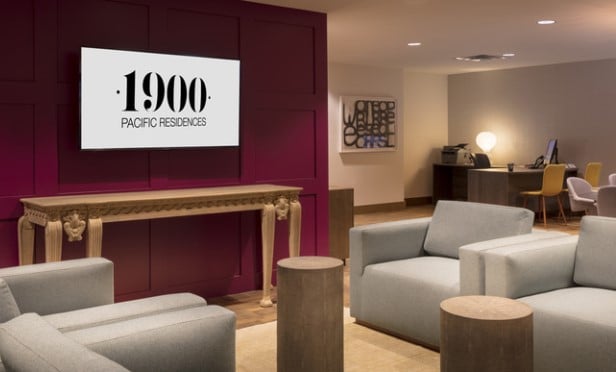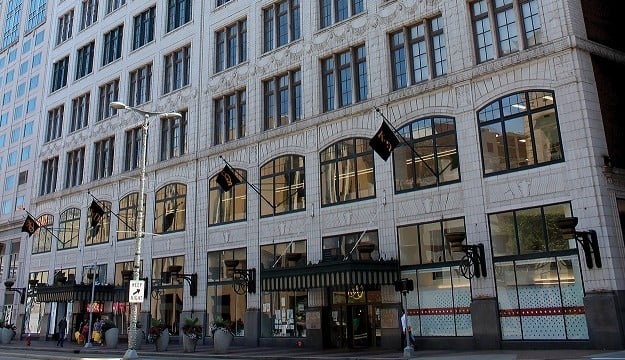
At long last, Pier 70 is finally getting a new lease on life. For decades, most of the historic pier has been idle and inaccessible to the public, with a random mix of vacant land, deteriorating buildings and random storage. Soon, the 28-acre waterfront neighborhood will have new housing, waterfront parks, space for artists and local manufacturing, and rehabilitated historic buildings.
At a groundbreaking ceremony this week, mayor Mark Farrell, supervisor Malia Cohen and members of the Port of San Francisco, developer Forest City Realty Trust and the Dogpatch community celebrated the start of construction. Speaking in front of historic Building 12, a steel, glass and timber structure where WWII ship hulls were fabricated, officials applauded the years of collaboration with the community to create a project that has unprecedented support.
“This is an inspiring location reflective of San Francisco's history of ingenuity that will once again be a major source of economic, civic and cultural value to the city,” said Farrell. “The Pier 70 project provides meaningful solutions to city priorities by building significant affordable housing, creating signature spaces to support the arts, and providing revenue generating local manufacturing and commercial uses. Congratulations to all who have dedicated themselves to achieving today's milestone.”
Pier 70's 28-acre site is a public-private partnership project between the Port of San Francisco and Forest City, and one of several subdivisions the port is managing or is developing at Pier 70 along San Francisco's Central Waterfront adjacent to the Dogpatch neighborhood. The city unanimously approved the project last November after 10 years of planning. Pier 70 was the first waterfront project requiring a citywide vote under Prop. B with 73% voting in favor.
“I am so happy that after decades of work people who live just blocks from the Bay will now have access to the breathtaking waterfront. The revitalization of Pier 70 is so valuable because it builds new connections in this neighborhood and delivers over $750 million dollars in public benefits to the greater San Francisco community,” said Cohen. The supervisor highlighted several project benefits, including how transportation funding generated by the project will be used for transit improvements that serve the neighborhood. She also applauded the unprecedented commitment by a private developer to achieve a 30% local hire rate to address job needs and a housing program that benefits residents in District 10 by providing preferred status for affordable housing built at the site.
“This project is a testament to commitment, creativity and partnership that will result in the revitalization of this exciting part of the waterfront, connecting Dogpatch residents and the larger community to the San Francisco Bay,” said Port of San Francisco executive director Elaine Forbes. “From its start, this project has had remarkable public support because of the exceptional collaborative process and hard work of all involved. This project will provide long-term value for the city and its residents.”
The project includes 1,100 to 2,150 residential units, including 30% on-site affordable of which about 65% will be rental units. There will be seven acres of new parks and open space; 900,000 to 1.75 million square feet of commercial space, with up to 360,000 square feet of local retail and services, arts and light industrial space, including a new waterfront arts facility.
Three historic structures will be rehabilitated, including Building 12, which will return as a light industry and craftsmanship where products are made and sold. A permanently affordable waterfront arts facility of up to 90,000 square feet will include new artist studio space for the Noonan Building creative community currently onsite. Approved plans also call for an extensive transportation management program. The project is expected to generate more than 10,000 construction jobs, built in partnership with the Building and Construction Trades Council, and 12,000 full-time jobs. The project will be built in three phases within 15 to 20 years.
© Touchpoint Markets, All Rights Reserved. Request academic re-use from www.copyright.com. All other uses, submit a request to [email protected]. For more inforrmation visit Asset & Logo Licensing.







